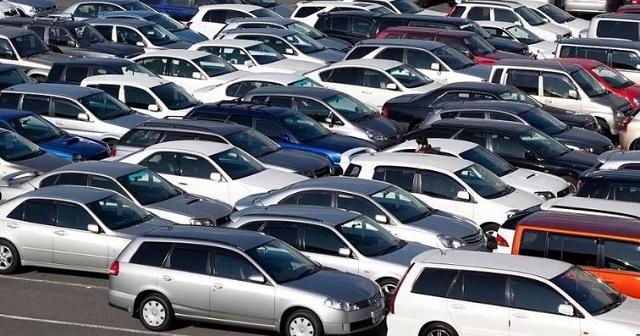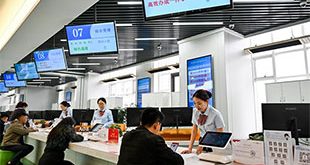
Kampala, Uganda | THE INDEPENDENT | Our car industry is dependent on imports of foreign-used cars; our automotive market is therefore heavily affected by external and global factors that affect all other nations. However, we cannot ignore the internal factors such as URA regulations and inflation that affect the affordability of cars for Ugandan customers. Let’s start with the internal factors that will influence Uganda’s car market.
Last year, Uganda Revenue Authority announced the ban on importing cars older than 9 years but later revised the regulation to cars older than 13 years due to the global economic trend and inflation. Therefore, older cars are required to be registered at the port of entry. This regulation will shape Uganda’s automotive industry in 2023 in the following ways:
Newer car models. Since this means importing cars that were manufactured in 2010 and later, we shall start seeing new vehicle models on the roads.
- Cars to become more expensive. Customers who are purchasing foreign-used should expect to get better quality cars with less wear and tear. At the same time, they should be prepared to part with more money since they will be buying more recent vehicle models.
- High demand for locally used cars. With the hope of getting better deals, customers will flock to the locally-used car market since these cars usually cost less than the foreign-used ones sold in the car bonds. I hilariously like to refer to this as “more car for less money”.
- Motor vehicle financing. Inflation and rising interest rates mean that financing used cars or older models will be more expensive than the newer car models where the customer’s contribution is normally lower. However, we expect more players to enter the vehicle finance market giving customers more options and the likelihood of bargaining for better rates.
- Car buying experience. Today’s car buyers are more informed and want options including how they shop for vehicles. “We now see customers changing the way they shop for cars and they expect convenience and more transparency. They are shifting to online platforms such as Autochek’s platform to buy their next car and by the time they go to the dealership, they already know what they want,” says Faith Naikayu, Commercial Manager, Autochek Uganda.
- Millennials to buy more cars. According to data from the Autochek Uganda car website, Millennials led in car purchases with 25% followed by Gen X with 24% in 2022. Gen Z and Baby boomers followed with 23% and 18% respectively. We expect to see more car sales from young people in the country as their income levels continue to raise. Toyota led with a 49% market share with the other brands taking a fair share based on customer preferences from trends seen in the platform.
Moving beyond Uganda’s borders, the external factors we reviewed are general and they affect the global automotive industry, however, we have highlighted how these will influence Uganda’s automotive industry.
Supply chain challenges. With the easing of the supply chain challenges that had caused a shortage in the supply of new cars, OEMs are starting to supply new cars and this will drive down the cost of used cars that had peaked in mid-2022. However, prices won’t go back to normal like they were before the pandemic.
Last year, car sales were uneven with unpredictable patterns where the peak sales periods in November and December saw dealers meeting less than half of the sales, they were making in the pre-pandemic period. We don’t expect different challenges from last year which gives us hope that the players in the automotive industry will become innovative in their approach to business in 2023 and gives car buyers hope for better pricing and availability of cars.
To register better sales this year, dealers and players in the whole automotive value chain need to develop a new playbook to cope with the challenges they faced last year since the car market is not expected to return to normal until 2026.
 The Independent Uganda: You get the Truth we Pay the Price
The Independent Uganda: You get the Truth we Pay the Price



